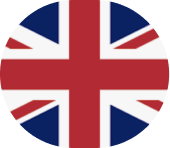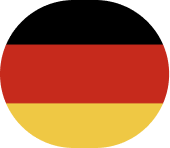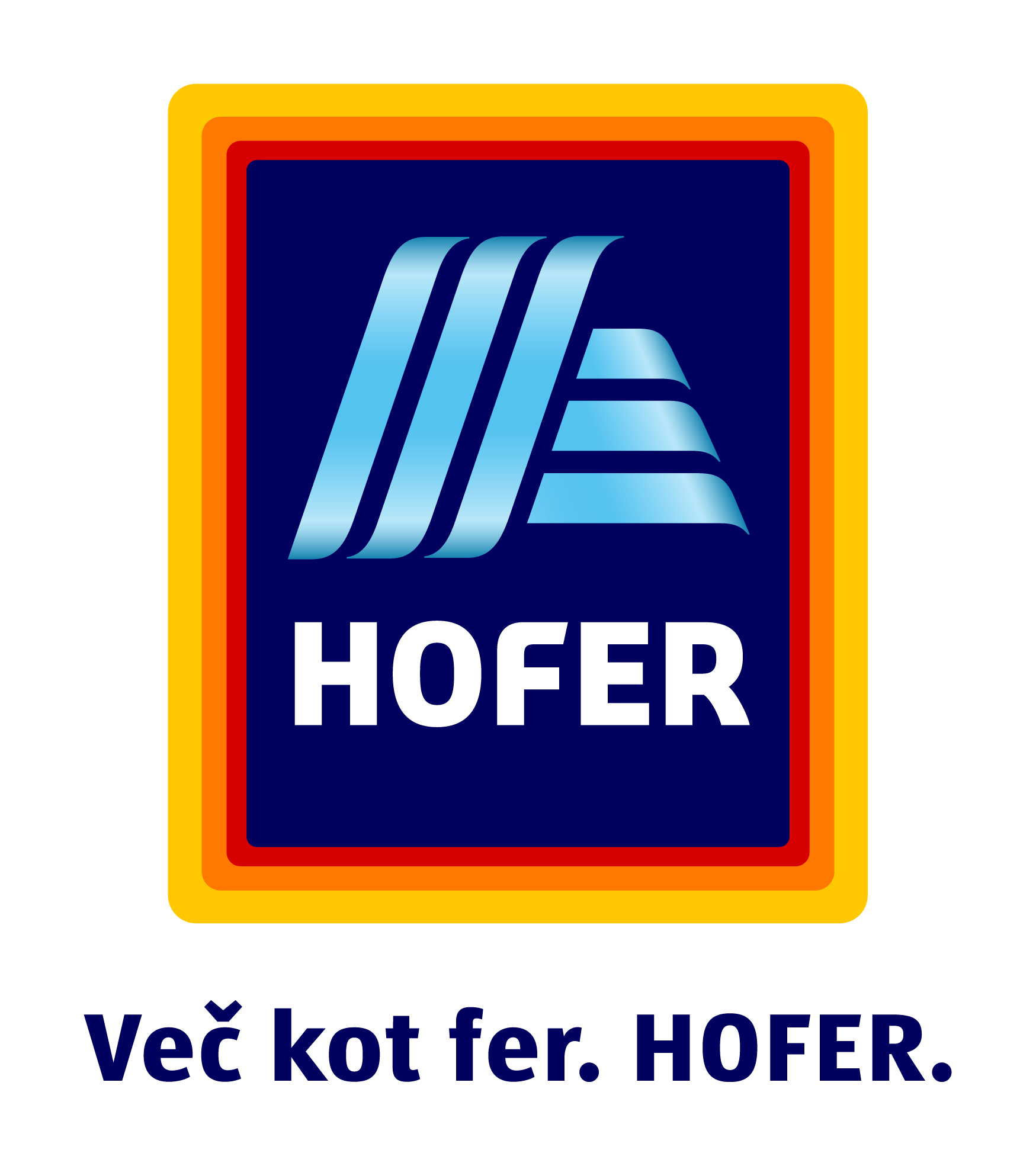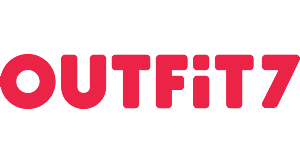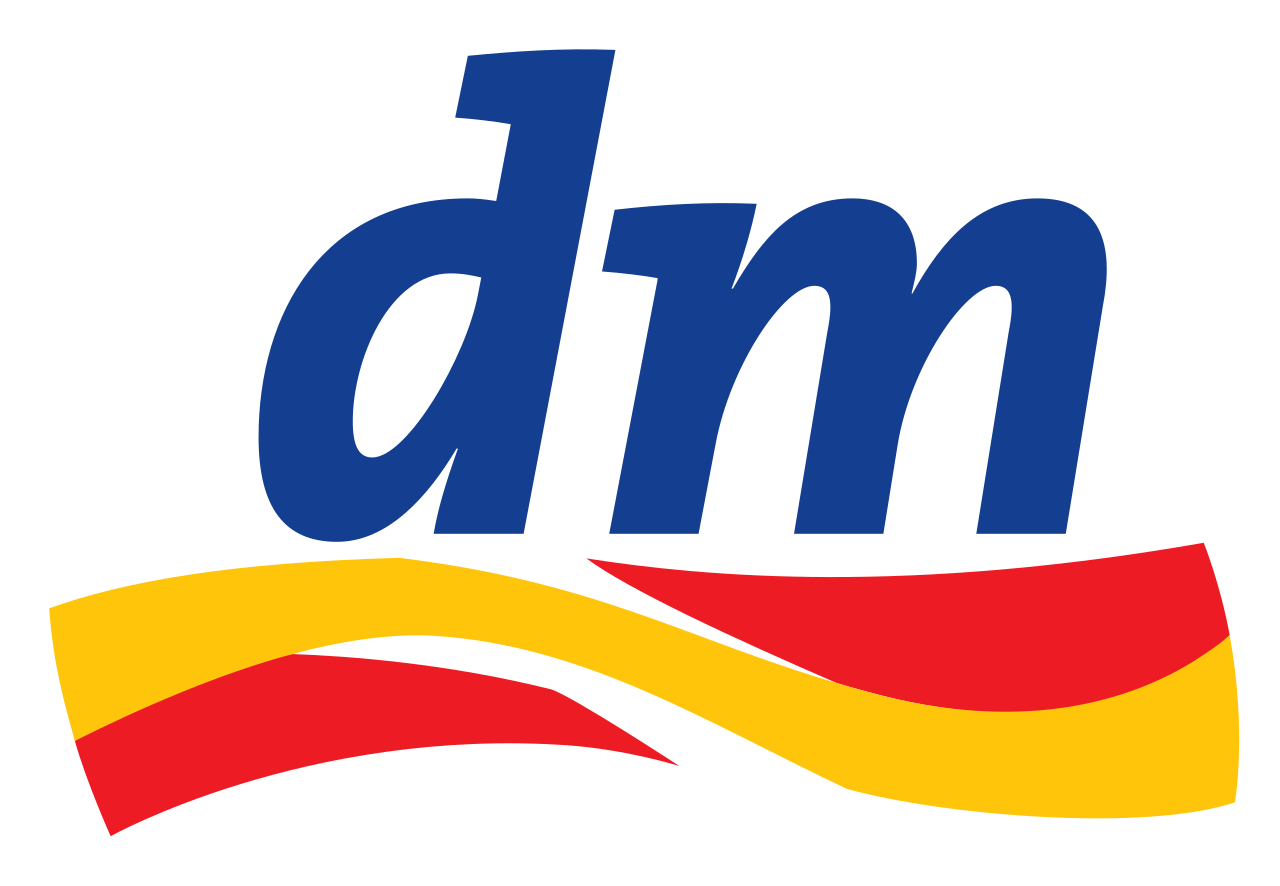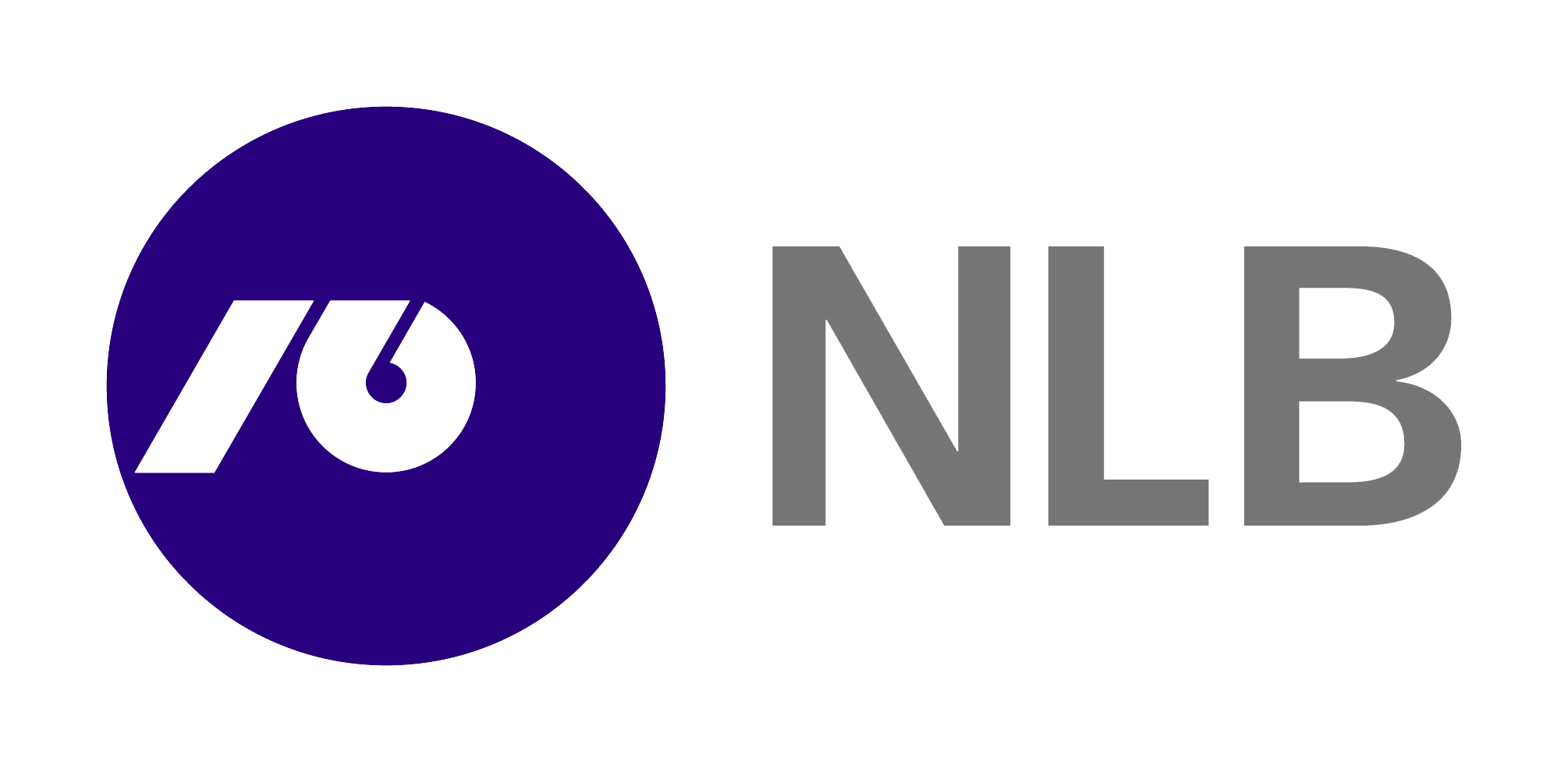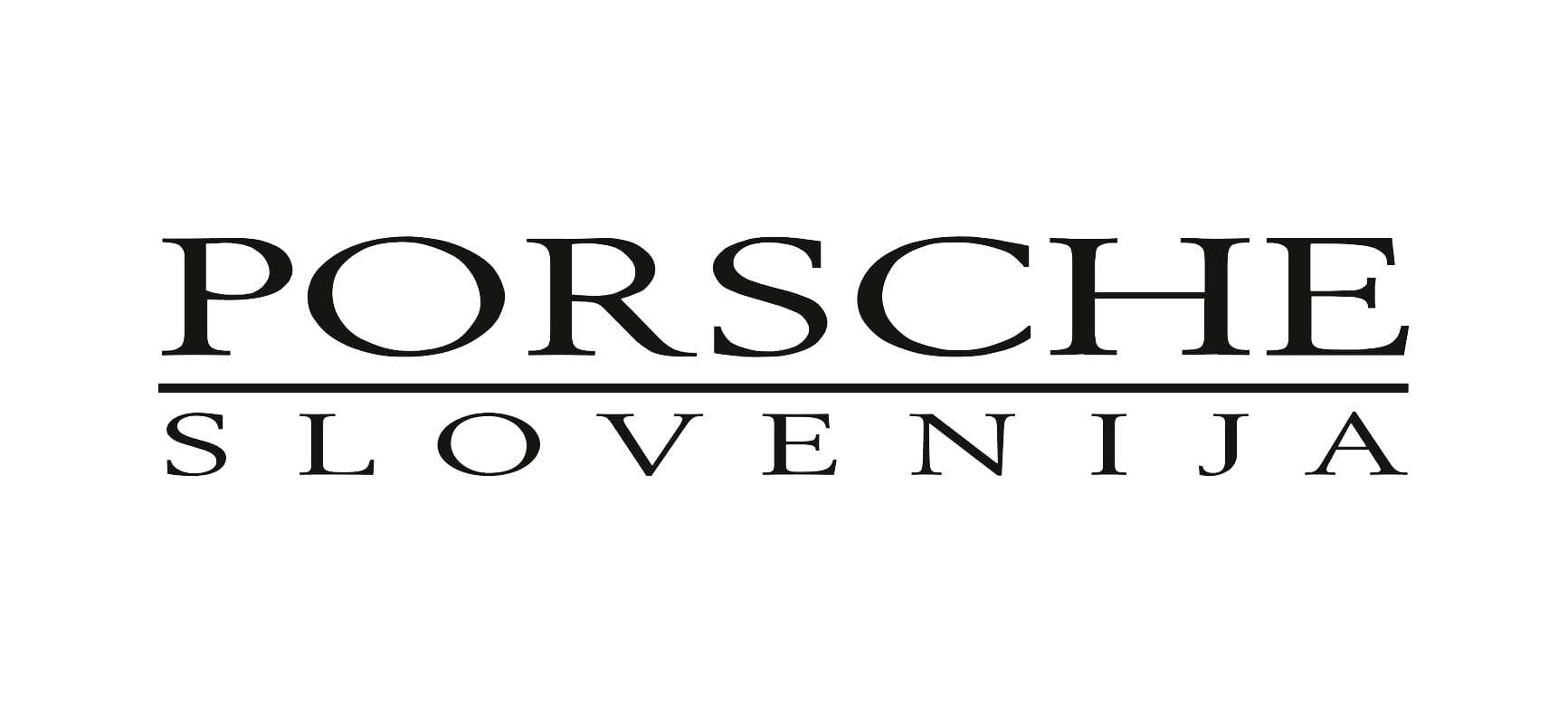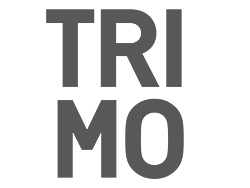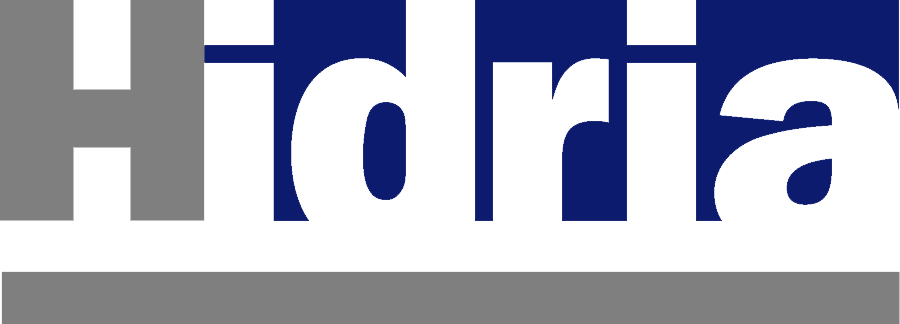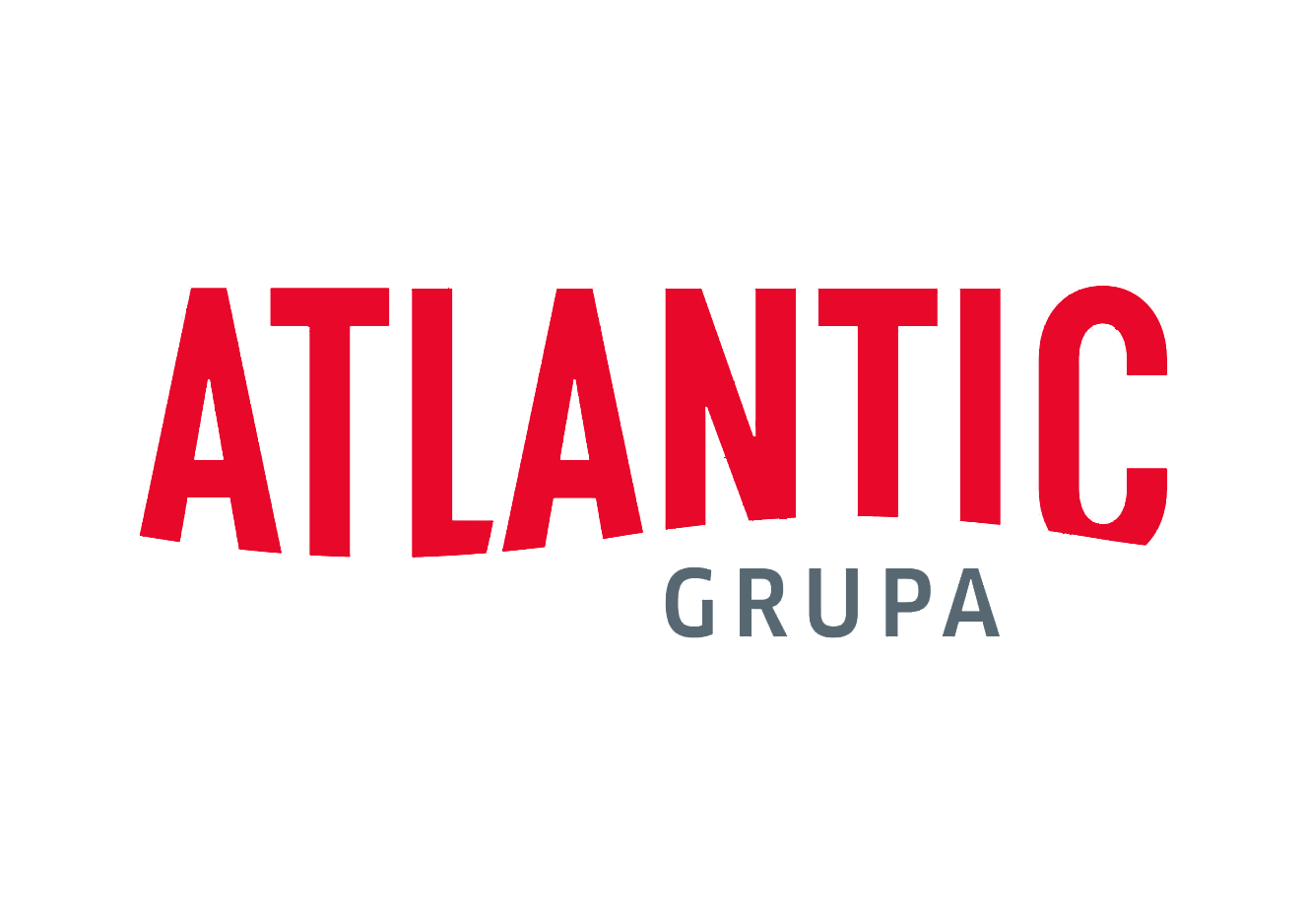It is believed that achieving independent use of a foreign language requires between 400 and 600 hours of study, with a minimum of half of these hours dedicated to independent learning, which must take place (almost) every day. The level of a basic user, who can understand and respond to basic speech in the target language using simple sentences, can be achieved within 90 hours of consistent work.
Below, we have listed the key factors that have an impact on the speed of language learning:
- Past experience with language learning. Learning foreign languages becomes increasingly easier and faster with each new language learned, especially if the new language belongs to the same language family.
- Language selection. Becoming fluent in languages from vastly different language families or those using unfamiliar sounds and vocabulary not written in the Latin script will require a more substantial time investment.
- Your personal standards for language proficiency. Language serves as a tool for communication, and in order to effectively communicate, one must have a conversation partner. Therefore, the main criterion for language proficiency should be the ability to effectively understand and be understood by one's conversation partner. Despite the mistakes.
- Time dedicated to learning a language. In addition to taking a course, it is important to actively practice and immerse oneself in the language outside of the course. Limiting language learning only to a language school can impede progress and significantly slow down the learning process, as opposed to incorporating the language into daily life. We will gladly help you find ways to achieve that.
- Exposure to language. The more opportunities you have to actively practice the language, the quicker the learning process will be.
- Course selection. Maximise language progress by combining self-study with expert guidance, especially if independent learning is a new challenge for you. In group courses, the progress is determined by the group's overall pace. Individual courses ensure faster progress as your progress is not slowed down by the number of participants.
Significant improvement was usually observed after just 30 hours, though basic users are advised to enrol in a 60-hour course for optimal results. Reach out to us for a comprehensive course proposal.

